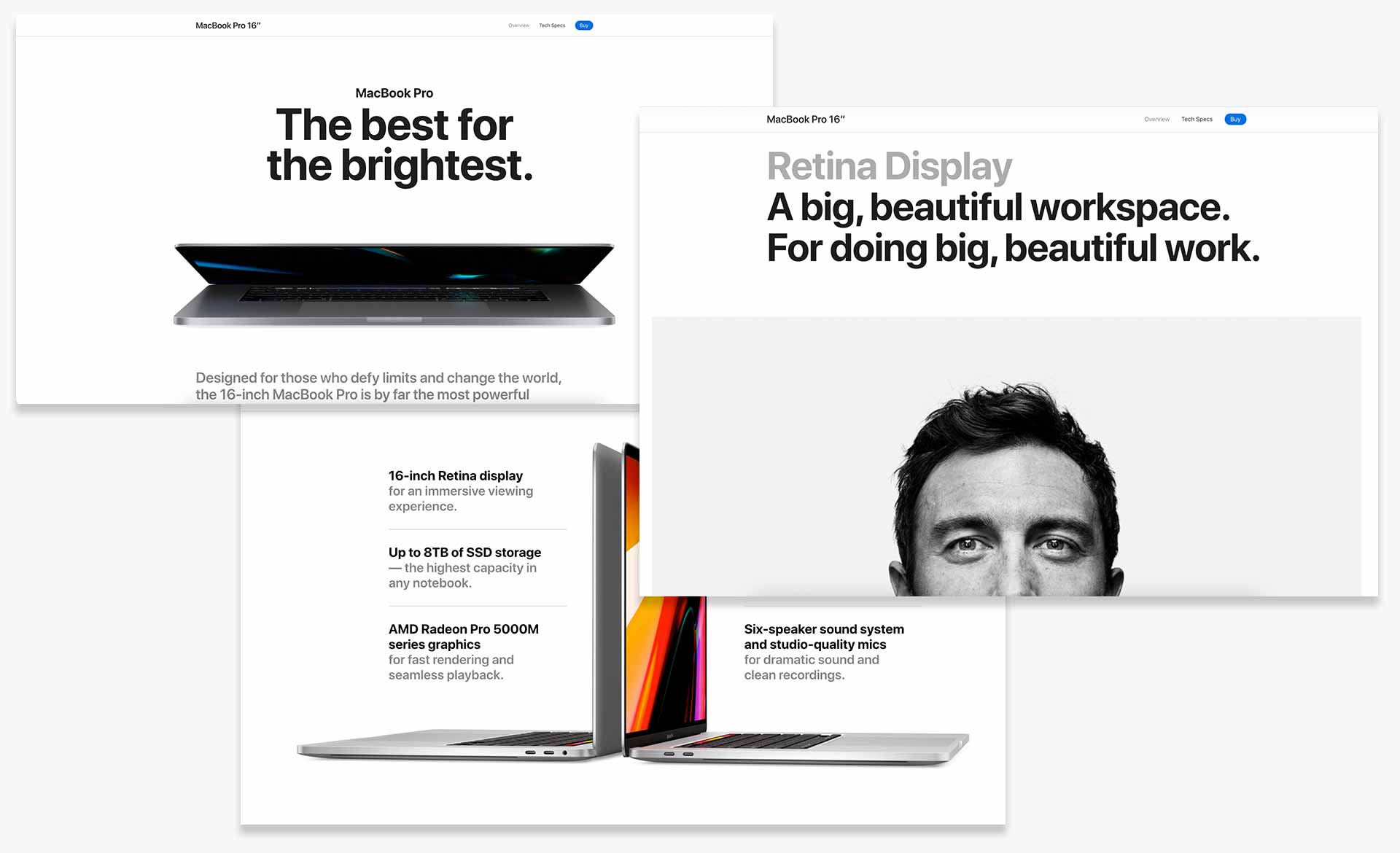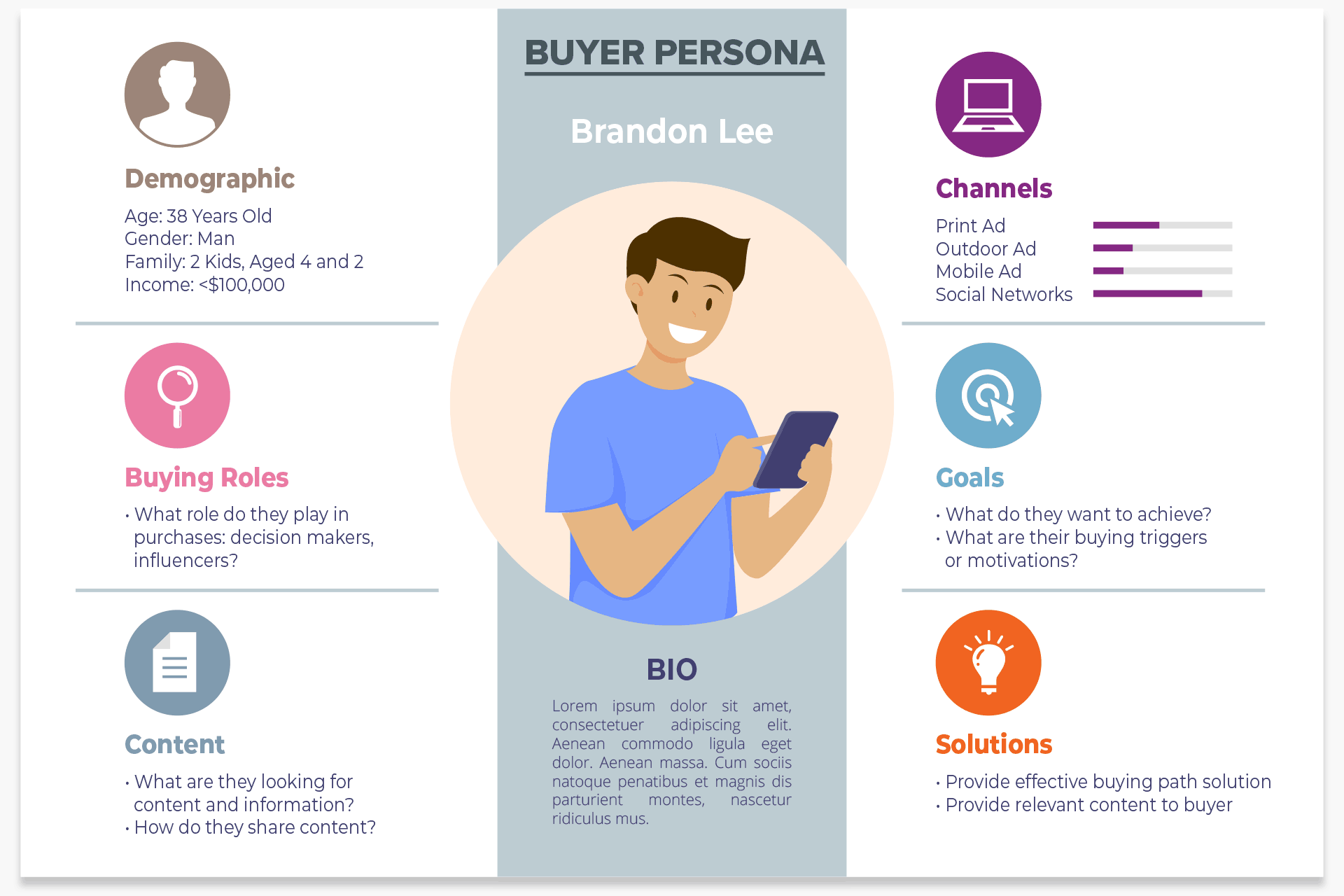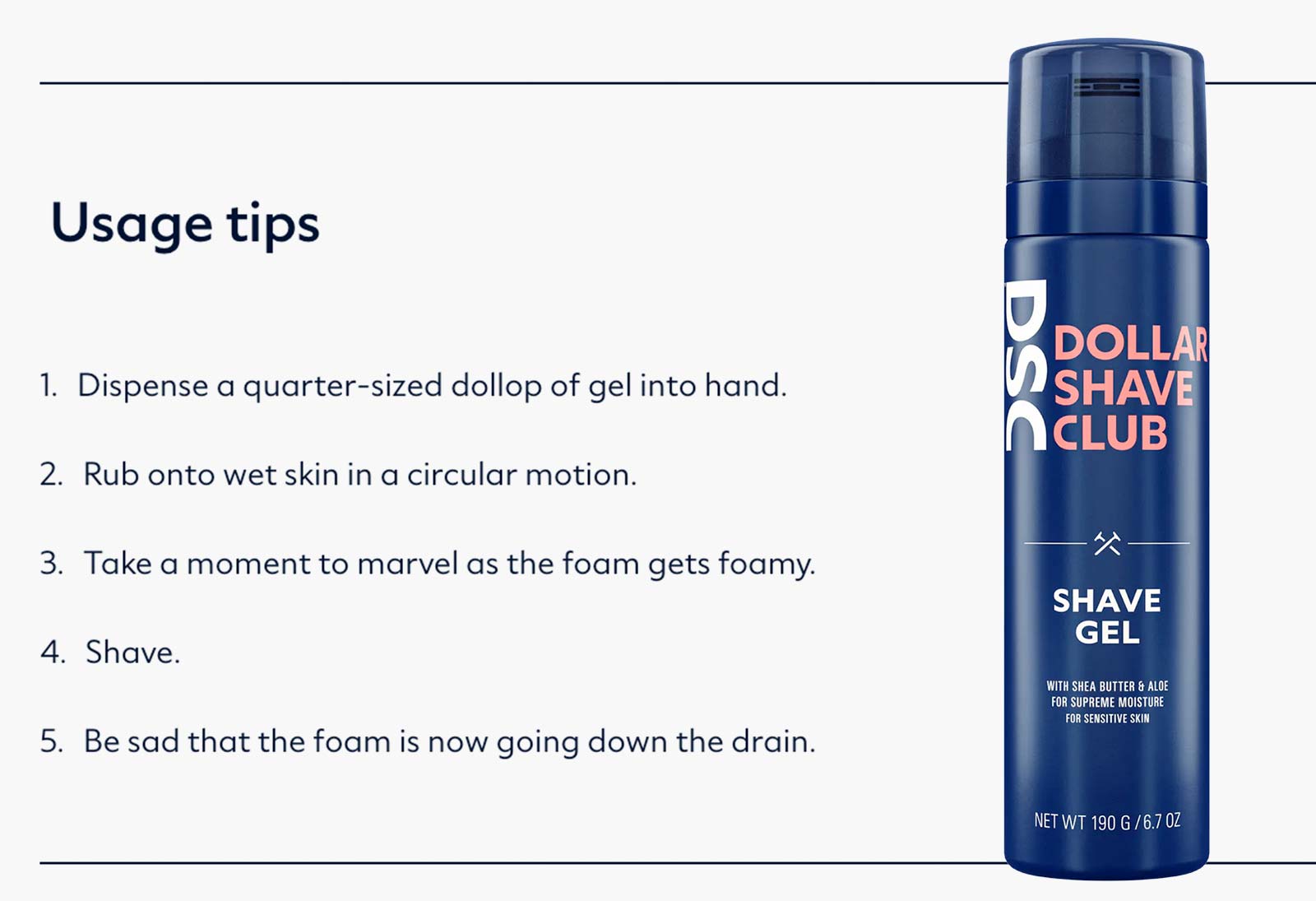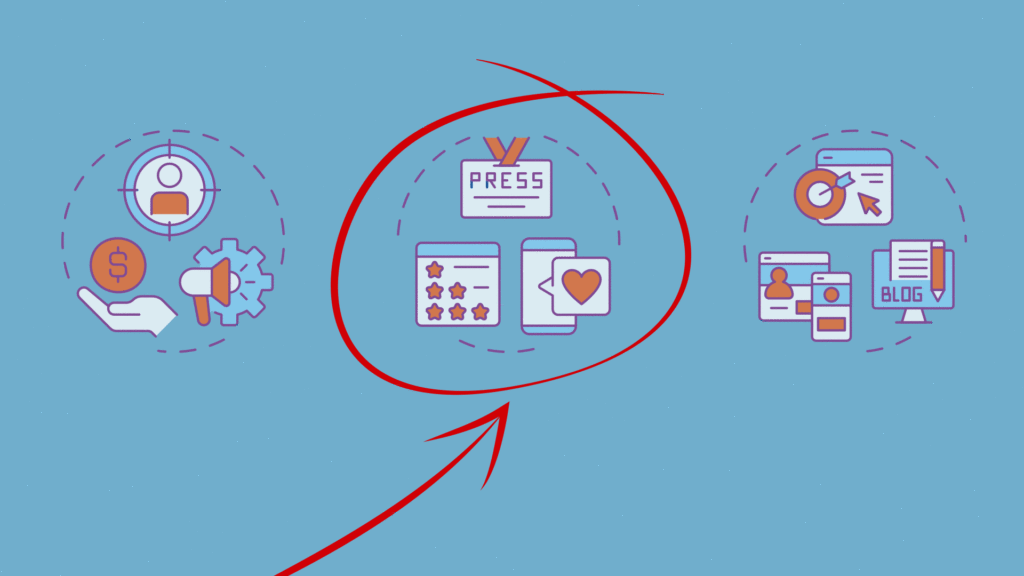Every customer interaction is an opportunity to build on their perception of your brand, and your product descriptions should be no different.
Often overlooked as a chance to show a bit of personality and reflect your brand’s identity, your product descriptions can tell prospects why they should be buying your products, and why they should be buying them from you. Think of them as the online equivalent of a friendly shop assistant telling your customers why your product is superior to the one from the store next door.
Today, we’ll be exploring how you can turn your descriptions into an effective cog in your sales and marketing machine.

The benefits of nailing your product descriptions
Your product descriptions are as much a part of the online brand experience as your website and social media interactions. You’ve already gone to all the trouble of developing your brand identity, so why wouldn’t you want to incorporate that into your product descriptions as well?
It’s a great way of offering a consistent and cohesive experience with your brand.
Getting your product descriptions right can really help you stand out from the crowd, particularly if you are competing in a heavily saturated market with a lot of similar products. In these situations, your brand identity can be employed to differentiate you from the rest of the competition.
Your descriptions are also the place where you really get to talk about the features and benefits of your products, while emphasising your unique sales proposition. Remember, people want to know more about what you’re offering, and they want to feel good about their purchasing decisions. This can be especially important if you’re selling a complex product, service or solution where customers need to be able to quickly understand the benefit from the description.
That’s why they’re on your page, after all!
This is your opportunity to give potential customers all the information they’re seeking, while also helping them to feel like they’re making the right choice in purchasing from you.
Apple: clear, concise, accessible
From desktop computers and laptops, to phones and ipads, Apple has built itself up as the brand that gives creatives the tools they need to express themselves to achieve new creative heights. With a target market who isn’t typically considered technically-minded, Apple needs to be able to speak to their creative customers in a language that they understand.
Scrolling through an Apple product page, you’re bound to run into some technical language. But Apple pairs this language with a clear, and jargon-free explanation of what that means for the user, and how it benefits them. With this benefits-heavy focus, Apple makes computers accessible for everyone!

Even the name ‘Apple’ was selected because Steve Jobs believed it to sound ‘fun, spirited and not intimidating’.
The brand also perfectly captures its creative identity with strong, emotive language, short, sharp, and inspiring headlines, and, of course, stunning visuals. In-line with Apple’s typically creative customer-base, the product descriptions also frequently reference creative activities, such as making music, creating art, and video editing to demonstrate the power of their products to enable creativity.
Apple is a fabulous example of a company who knows their voice, their products, and their core audience, and can turn that into punchy product descriptions that convert.
Questions you need to ask yourself to write product descriptions that convert
The best product descriptions know how to strike the balance between functionality, personality, and relatability. To enhance the brand experience, you need to build connections with your customers and deliver a consistent buyer journey.
Imagine, for example, that you’ve dedicated weeks, or even months to nurturing a lead. You’ve been consistently marketing with a steady flow of social media ads, EDMs, and banners that all perfectly capture your brand’s identity and the values of your customer. Finally, your prospect is ready to make a purchase. They click to your product page… if the experience is not consistent on your product page, with quality content that’s consistent with their brand marketing experience, that incongruity could stand in the way of a sale.

Here’s some questions to ask yourself that will allow you to stay consistent with your brand and write product descriptions that convert.
Who are you?
We’ve spoken already about how vital it is that your product descriptions remain consistent with your brand identity, so it’s important to have a clear idea of that identity to begin with.
Make sure you have a firm grasp on your brand’s voice and values before starting to write your product descriptions. Is your brand sassy? Funny? Professional? Caring? Your brand’s identity will determine the language you use to communicate with your customers. This language should be woven into every part of your website, including your product descriptions.
Who are your customers?
Do you speak to your grandma in the same way you speak to your best mate? Probably not.
Knowing who you’re talking to is vital to deciding how you should talk to them. You will likely already have had a clear idea of your target market before establishing your brand’s identity, so determining who your customers are should be easy at this point.
If you haven’t done it already, you should develop buyer personas that represent your ideal customers. Don’t be afraid to go into detail here. If you sell direct-to-customer, your buyer personas should include information such as age, gender, career, values, hobbies, and more. Within the B2B industry, your personas not only have to capture the individuals you’re targeting within the business, they also need to represent the business itself, including size, industry, turnover, and company values.

By establishing detailed buyer personas, you’ll have a clear understanding of who your customers are, what problems they’re faced with, and how your products can solve them. This can really help to direct what you say in your descriptions so that you can show your customers why your product is the solution they’ve been searching for.
What is your unique sales proposition?
Before writing your product descriptions, you should determine your unique sales proposition (USP), so you can accurately demonstrate value and show your customers why they should buy from you. Some companies even manage to turn their brand into their USP. Nike, for example, may not necessarily sell the best shoes on the market… but people will still pay a lot to wear the brand!
What are the most important features of your product?
This may seem obvious, but some companies can become so focused on creating witty, charming, or amusing product descriptions that they end up leaving out vital information.
“
Ask yourself what those important purchase drivers are.
”
To avoid this, take a moment to sit down and list all of the key information that your customers will want to know. Ask yourself what those important purchase drivers are. Is it the fastest? Coolest? Safest? Does it have more processing power, storage capacity, and more? Or is it just a great colour?
Keep the list with you as you write your descriptions and remember to be as excited about these features as your customers should be.
What keywords are people using to find your products online?
Product description optimisation is one of those little things that can have a big impact on your online visibility. But unfortunately, it’s an often overlooked aspect of writing a successful product description. Use your SEO research to determine which keywords are most appropriate for each product. Always remember to practice moderation, keyword stuffing can lead to a poor experience that may get in the way of connecting customers with the features that will resonate with them.
Breaking down the key features of a great product description
A great product description takes all the answers to the questions above, and combines them into a single, succinct, and easy-to-read piece of content. Here’s a summary of the key points that will help you write killer product descriptions that convert.
Capture your brand voice
Whatever your brand identity, you need to harness it in your language when writing your product descriptions. If your brand is witty or cheeky, you may wish to dot your descriptions with subtle (or not-so-subtle) puns, light-hearted language, and tongue-in-cheek humour.

If you’re a more caring, or mothering brand, you may want to focus on the wellbeing and comfort of the customer. Words like ‘peace of mind’, ‘happiness’, and ‘wellbeing’ would be more suitable for this type of brand.
B2B brands, on the other hand, typically need to inspire confidence, build trust, and embody professionalism. Business customers often just want to know the facts about the product and aren’t interested in how amusingly it’s represented. B2B brands may be best to adopt a straightforward communication style that simultaneously captures how much they value the success of their customers.
Speak to your ideal customer
Brand-building is all about developing connections with your customers, and your product descriptions can help with this. By showing your customers that you understand their needs and values, you can go a long way to building trust with them.
The introductory line of a product description is a great place to empathise with your customer’s pain points. You may wish to start by calling out the key problem your customer is facing, and then use that as a launch pad to explain how your product can help them solve it.
Understanding your customers can also help to determine the kind of language you should be using to communicate with them.
The B2B IT industry is an excellent example of the importance of knowing your audience. Within many industries, the standard wisdom is to avoid using jargon and overly technical language, which can make content inaccessible to the general public. Within the B2B tech industry, however, your customers typically consist of IT professionals who are familiar with the lingo and they are sometimes looking for those key terms that show your business has the technical wherewithal to offer a credible solution.
Make it scannable
Not everyone has the time to read paragraphs and paragraphs of product descriptions. That’s why it’s important to make your descriptions scannable.
Try to ensure that your paragraphs are no longer than a few sentences. If you’ve got a lot of content, you may wish to include subheadings or use tabs to help break up your content so that your customers can easily find the information they’re looking for.
Many businesses make good use of a bullet point overview at the end of their descriptions. This gives a quick rundown of all the key features so that scanners can skip the main description without missing out on any vital information.
Don’t worry, you can still put a little personality into your bullet points. Brands such as the Dollar Shave Club, for example, have proven themselves to be masters at injecting a little quirky humour into their descriptions with just a single dot point.

Optimise for search engines
Product descriptions are typically shorter than many other forms of content on your website, so there may not to be much room for lots of keywords. We suggest you only select one keyword, or perhaps two for a longer description, and try not to stuff that keyword into every sentence. The typical SEO wisdom is to maintain a keyword density of between 1-2%. That means, if you have a product description of 100 words, you would only include your keywords once or twice in the content.
The best strategy is to slip your keywords into your writing with such subtlety that your customers don’t even know they’re there. Write for the person, not for the search engine, as they say!
Need help finding your brand identity?
The key to a successful product description is first knowing who you are and what you stand for.
At The Walk, we help brands find their identity and turn it into a marketing strategy that works right across the customer journey to create a consistent brand experience.
Contact us today to find out how you can develop a killer brand identity that can be woven into every aspect of your business — right down to your product descriptions — to connect with your audience.




